The all-new BMW M2 with a manual gearbox reminds us of what we’ll be missing while simultaneously showing us what to expect
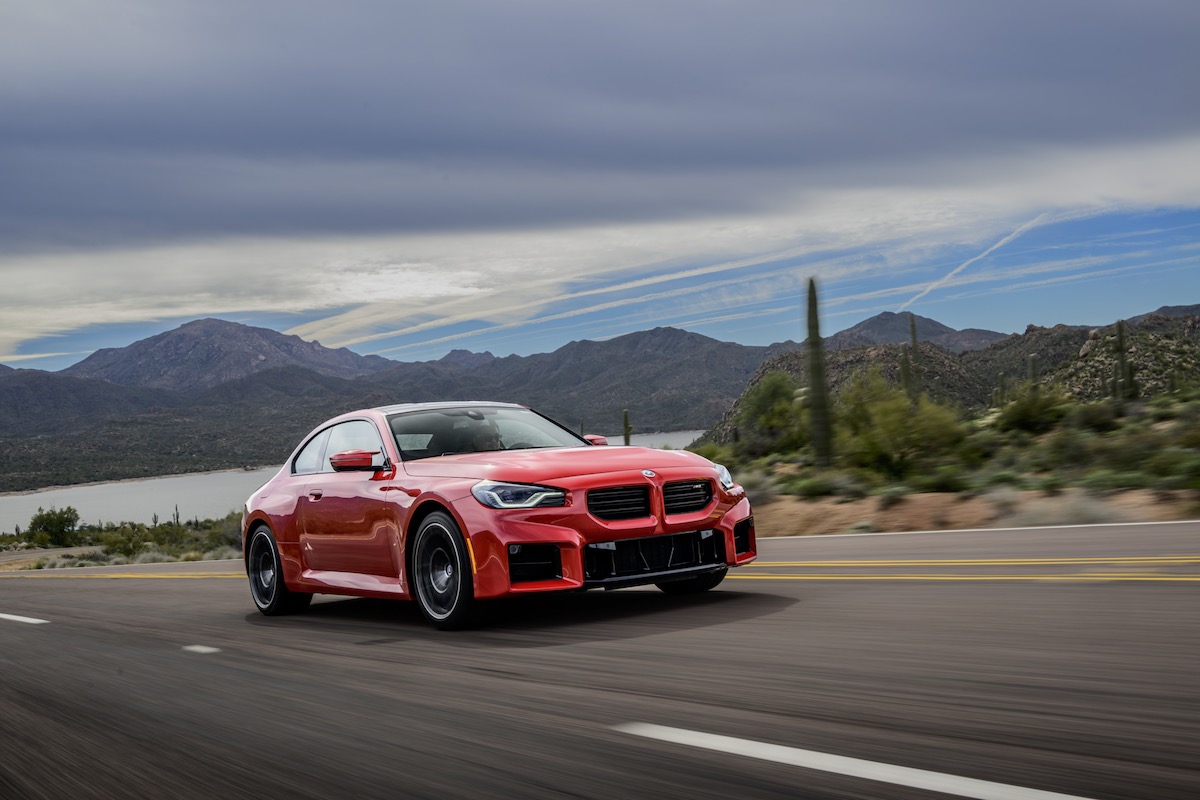
SCOTTSDALE, ARIZONA: The all-new BMW M2 may be positioned as the ‘baby’ M, the smaller, perhaps even lesser sibling to the M3 sedan and M4 coupe that it shoes its engine with. This M2 might be 50hp down from the Competition variants of the latter pair, but 460hp in a two-door coupe that’s barely larger than a MINI is certainly nothing to sniff at…
Put into context, the all-new BMW M2 makes more horsepower than the 996-generation Porsche 911 Turbo S from 2001 which, had all-wheel drive.
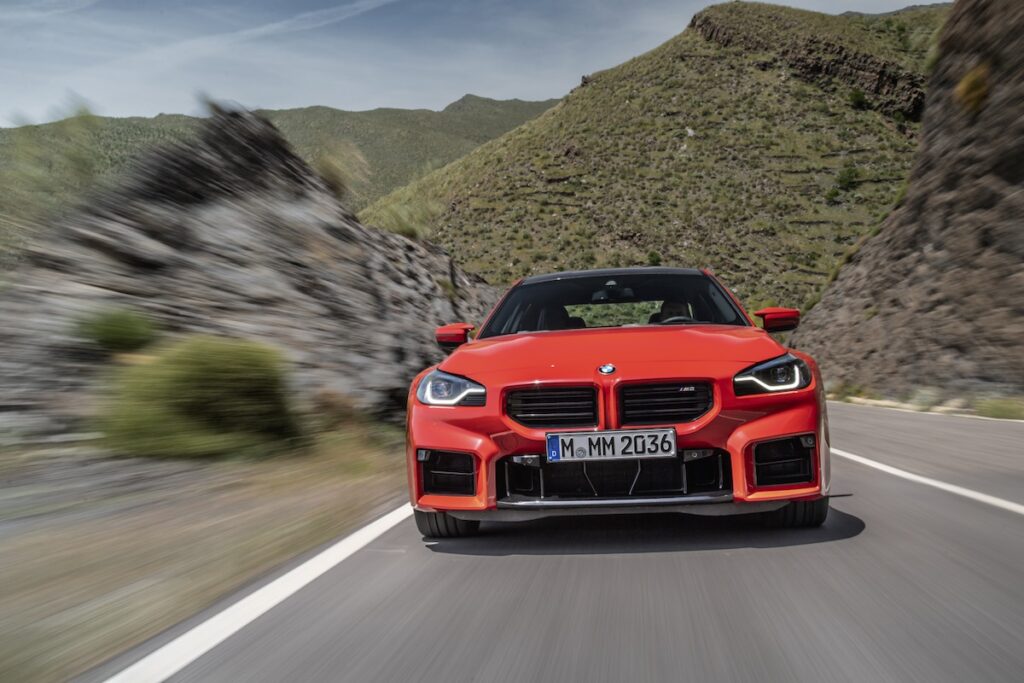
On the other hand, the BMW M2 tested here sends more power to only half as many wheels. Another touch that harkens back to a time when “men were men” is the availability of a six-speed manual gearbox. Combined, these ego-stoking elements are meant to whet the appetites of purist drivers who keep lamenting about how automatic gearboxes and all-wheel drive systems have eroded the thrill of driving.
The good news for those who are not bothered by such sentiment and are just looking for an accessible, sporty daily driver, the M2 can also be ordered with an 8-speed automatic gearbox.
More Than I Bargained For
As manual gearboxes are now a rarity in new cars, I focused on driving the manual M2 as much as I possibly could. There was no telling when this writer would get to drive another proper rear-wheel drive manual BMW M car again. Another qualification for ‘proper’ in this context, I might add, is such a car without an electric motor and battery helping it along.
Well, I seemed to have got more than I bargained for. At some point on the prescribed test drive route, a large section of Arizona’s interstate came to a complete standstill for over an hour due a bad accident some miles ahead. At this point, we were all in agreement that the BMW XM reviewed previously would have been a much better car to be stuck in instead.
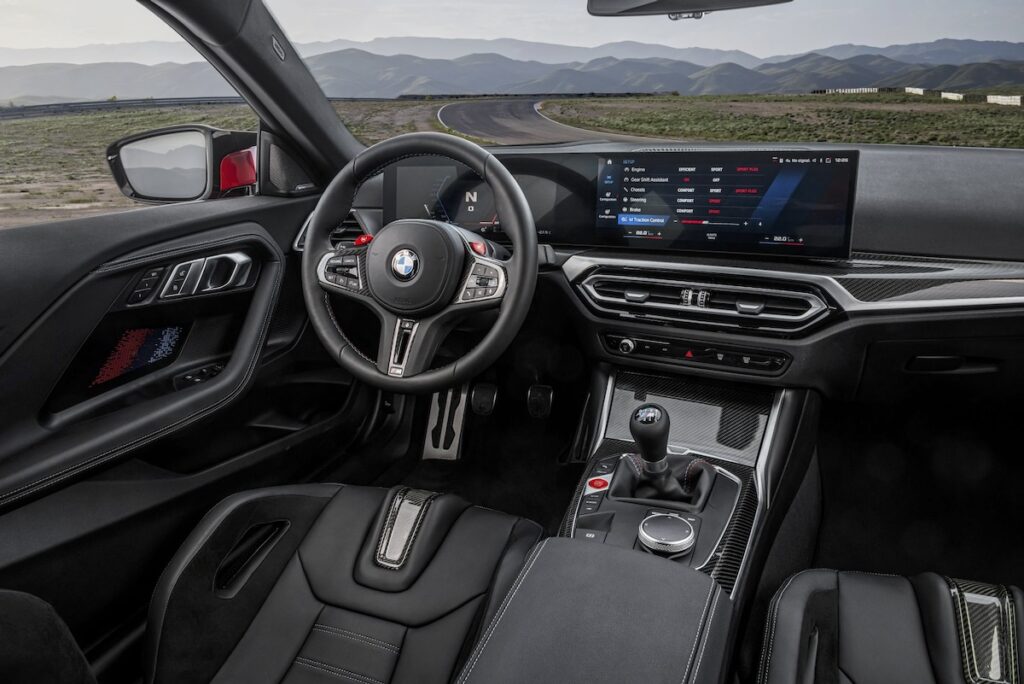
To make matters worse, great swathes of Arizona are still uncovered by cell phone signal and where we were stuck in happened to be one such blind spot. With no access to the internet for traffic information or even the ability to call the support team, a fellow journalist, a BMW Corporate Affairs executive, and myself collectively made the decision to turn off at the earliest opportunity and find an alternative route back to our hotel.
This resulted in a drive of over 450 miles (724km), more than twice the distance of a typical test drive route that is planned for an international media event.
While this meant missing an exclusive interview with BMW M CEO Frank van Meel, it meant that we had more than ample seat time in the latest M2.
This alternative route almost meant taking numerous back roads that were like black ribbons of tarmac draped across the Arizona desert. These sun-bleached strips of tarmac generally followed the contour of the landscape full of bumps, undulations, and snaking curves. In other words, these roads were perfect for giving the M2 a real-world workout.
With next to no traffic and visibility for miles, there was also plenty of opportunity to stretch the capabilities of the M2’s twin-turbocharged 3.0-litre engine.
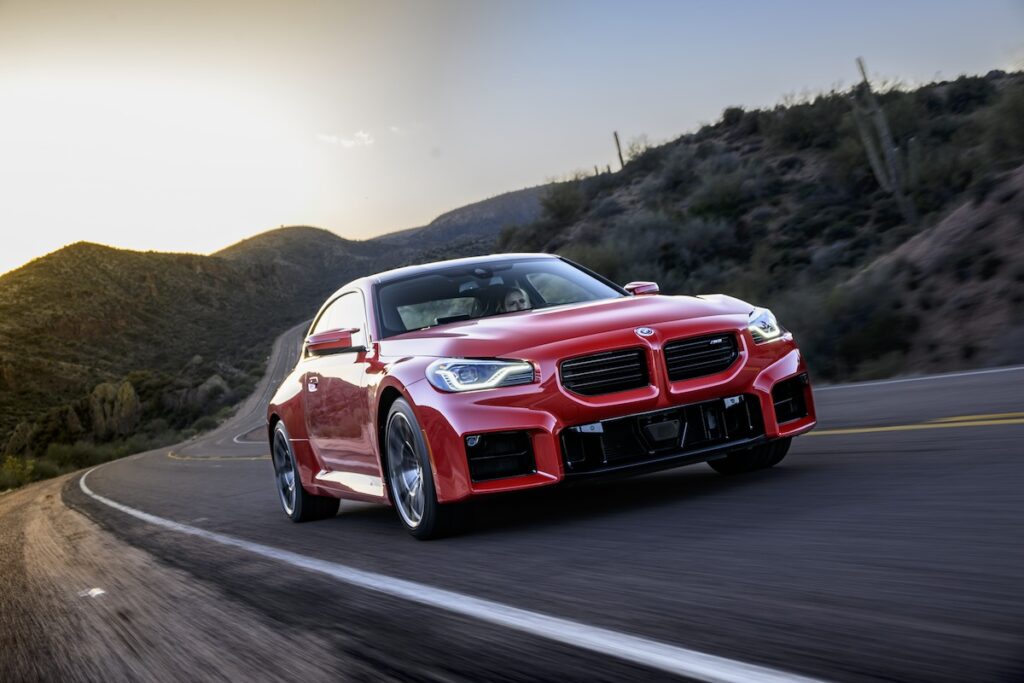
Small Car with Big Shoes to Fill
The genesis of the BMW M2 can be directly traced back to the 1M Coupe that was launched around 2011. That was a ‘skunkworks’ project where bits of the M3/M4 were shoehorned into a 1 Series Coupe. It’s fair to say that the result exceeded all expectations as the production run was extended from a planned 2,700 units to an eventual 6,309 cars sold.
Although the previous M2 that followed has lost some of the 1M Coupe’s ‘magic’ – where its driver could somehow tell that it was going to be a great drive within the first 50 metres – the F87 M2 had timeless styling both inside and out, coupled with enough dynamic finesse to make it a ‘keeper’ among driving enthusiasts.
On the other hand, the styling of latest version, the G87 as the new M2 is codenamed, is more polarizing than its predecessor – a commonality with most of the latest BMWs…
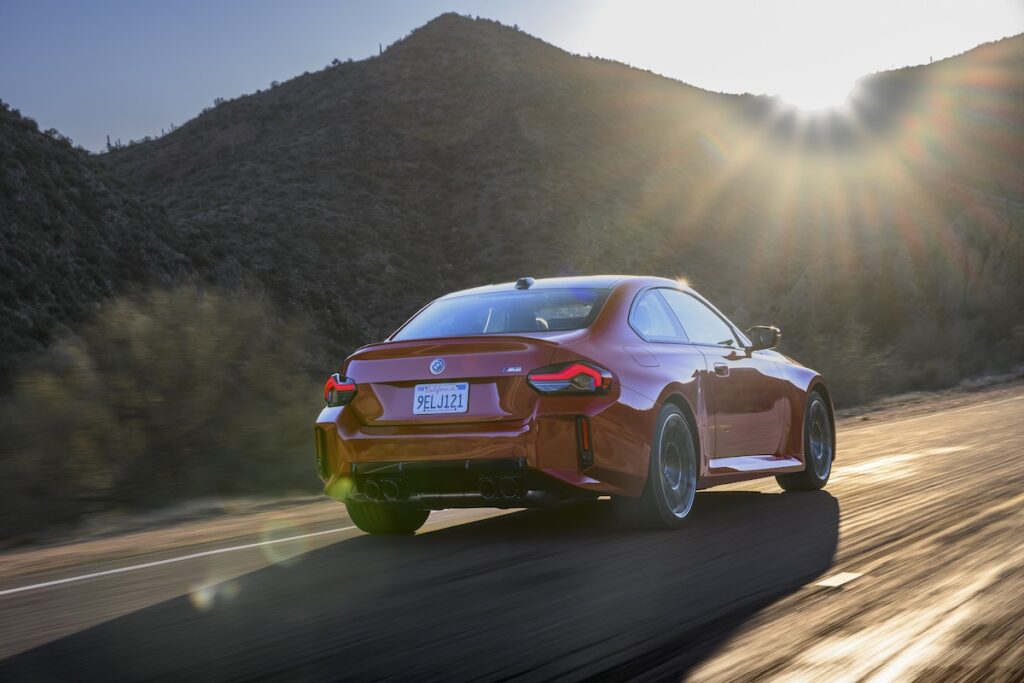
In the case of the M2, it is distinguished from the lesser 2 Series Coupes with a blockier interpretation of BMW’s signature twin kidney grilles.
There’s no mistaking the rest of the car either, for a garden variety 2 Series as the M2 is full of bulging wheel arches, enlarged bumper intakes and even a re-profiled bonnet.
Combined, these design elements impart a sense of muscularity rather than athleticism.
For good measure, a carbon roof is available for the first time in the M2. Inside, there’s more carbon fibre to add to the sense of occasion. One option to skip if you are bigger of build like this writer, are the M Carbon bucket front seats. The main problem with these are the high and rigid thigh supports. These make getting in and out of the car more awkward. Ladies in short skirts will not appreciate these seats either if their modesty is not to be compromised.
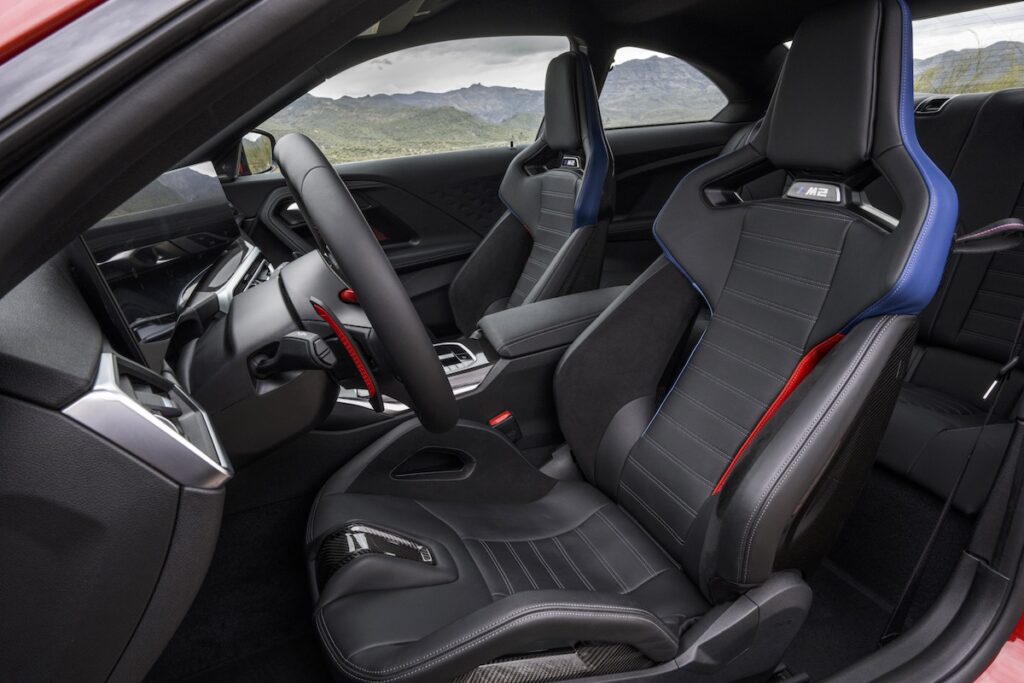
M Carbon seats look great but also make getting in and out of the car a challenge for ladies in short skirts
If you’re holding out for an M2 Convertible, don’t bother. BMW’s official position is that there are (currently) no plans to build a drop-top variant despite some online renderings of what it might look like.
Old School in a New World
The M2 with a manual gearbox is a curious experience. As with the latest generation of BMWs, this car is full of digital screens which somehow feels like a square peg in a round hole.
When you have to shift your own gears, the driver becomes acutely aware of the engine rpms lest you be caught out with a wrong ratio. Driving a manual car is also a more analogue driving experience with the driver is more involved in the process. Somehow, the digital presentation of what the engine is up to feels isolating from what should be a more organic experience.
The combination of a manual gearbox with an electronic park brake is also another strange pairing that takes some getting used to, especially when moving off from an incline.
Perhaps having some options to change the instrumentation layout of the driver’s display might go some way towards bringing back the intuitive driving feel.
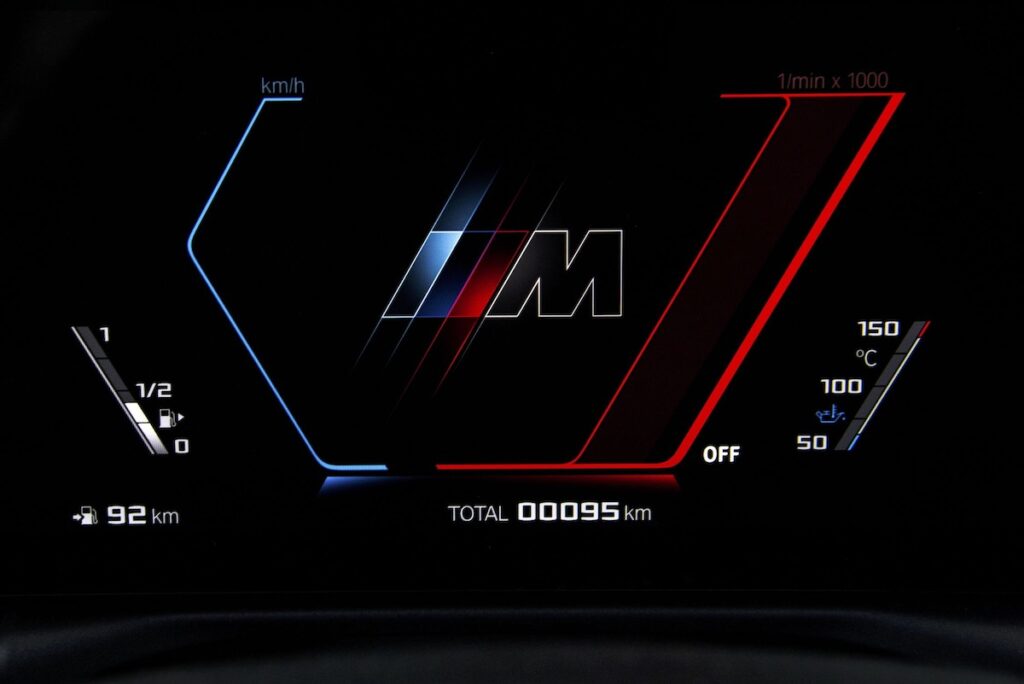
Digital displays just don’t work with manual gearboxes
If you can excuse the instrumentation layout, the M2 has a breadth of ability to entertain in the way a sports car should. For starters, the broad spread of maximum torque of 550Nm from 2,650 to 5,870rpm means that its driver is unlikely to be caught out with turbo lag if not enough revs are used for the gear you’re in.
This, however, is unlikely to ever happen in the first place. Gear Shift Assistant functions to flatter the driver by manipulating the engine speed to match the revs for the smoothest gear shifts possible. Of course, if Sir or Madam prefers, the function can be switched off completely in the M setup menu and so, how smooth the gear changes are is all on you.
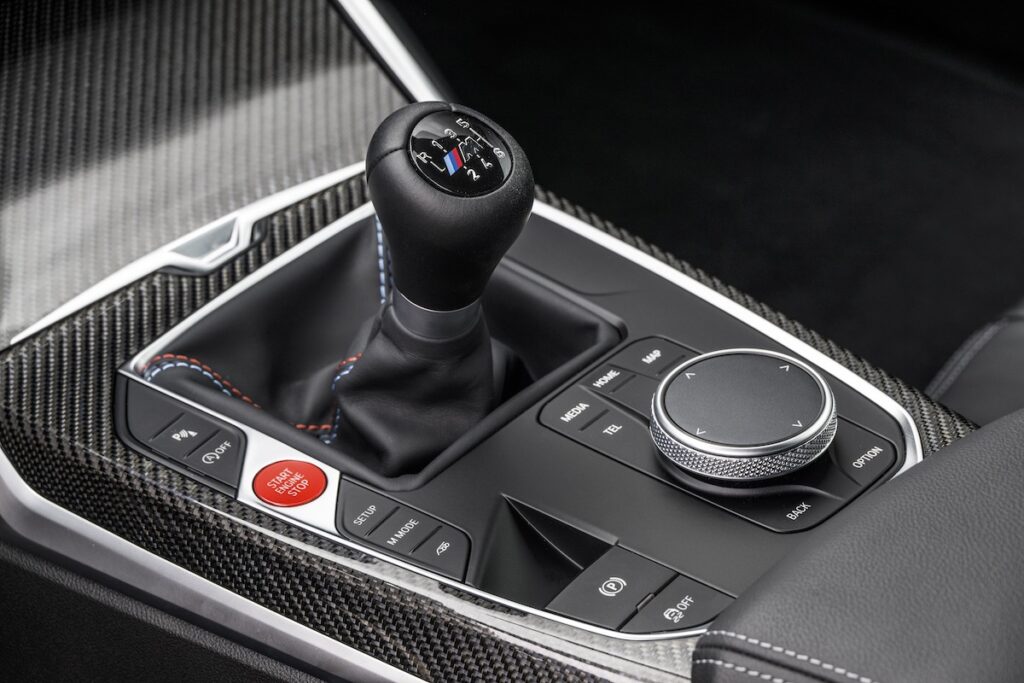
There, is some performance compromise with the optional manual gearbox. For having two fewer ratios than the ones equipped with the automatic gearbox, getting from 0 to 62mph (0-100 km) takes 4.3 seconds instead of 4.1. Still, this takes less time than it does to say “Eight-speed M Steptronic transmission with Drivelogic”.
Perhaps another case to be made for the manual M2 is that the driver tends to sit further up front as the clutch pedal travel is longer than expected. This was good news for poor Amanda, seated in the back for our extended drive. However, drivers with long arms tend to end up resembling a praying mantis when holding the steering wheel in the classic ten-and-two hand-position.
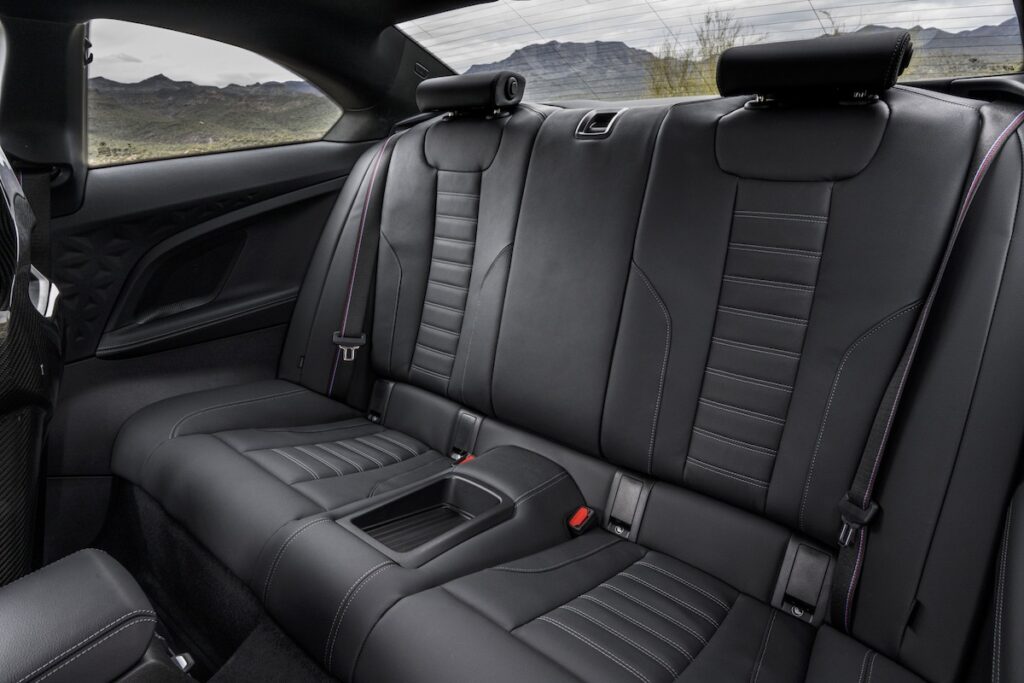
Our passenger was able to sit here for nearly 5 hours without problems
Too Much Power
While the M2 has more power than a late 1990s Dodge Viper that was powered by an 8-litre V10 engine, the really impressive part is how the BMW’s engineers are able to build a car that never really feels overwhelmed by such a powerful engine, unlike the American muscle car that can be a handful to control in any gear.
Much of the M2’s drivability can be credited to electronic driver aids and the Active M Differential at the rear axle which is fitted as standard. Working in tandem with the Dynamic Stability Control (DSC) the system allows its driver to get away with a fair degree of drift before running out of talent.

That said, I actually think that this car would be more enjoyable if it had 100hp less. This would have allowed the driver to really lean into its rev band for long periods of time. Instead, the more power a car has in the real world, the more time you tend to spend braking for the next corner.
It’s not how fast you’re driving, the fun is in how fast you feel while doing it.
If you’re lucky enough to own a previous generation M2 or better yet, an 1M Coupe and are reading this to decide if it’s time to trade in, don’t bother.
However, if you have neither and are looking for a modern car with functions that make daily commutes manageable like wireless Apple CarPlay, then this M2 may well be the last chance to own a proper sports car with a manual gearbox for you and become the custodian of the dying art form of gear shifting for years to come.
Get one while you can.
Technical Specifications
BMW M2
Engine: 2,933cc in-line 6cyl, twin-turbo
Power: 460hp @ 6,250rpm
Torque: 550Nm @ 2,560-5,870rpm
Gearbox: 6-speed manual, rwd (8-speed automatic as standard)
Weight: 1,700kg (1725kg, auto)
0-62mph (0-100kmh): 4.3 second (4.1 seconds, auto)
Top Speed: 250kmh (285kmh, M Driver’s Package)
Likes: Manual gearbox, never feels unruly.
Dislikes: Maybe too much power.
